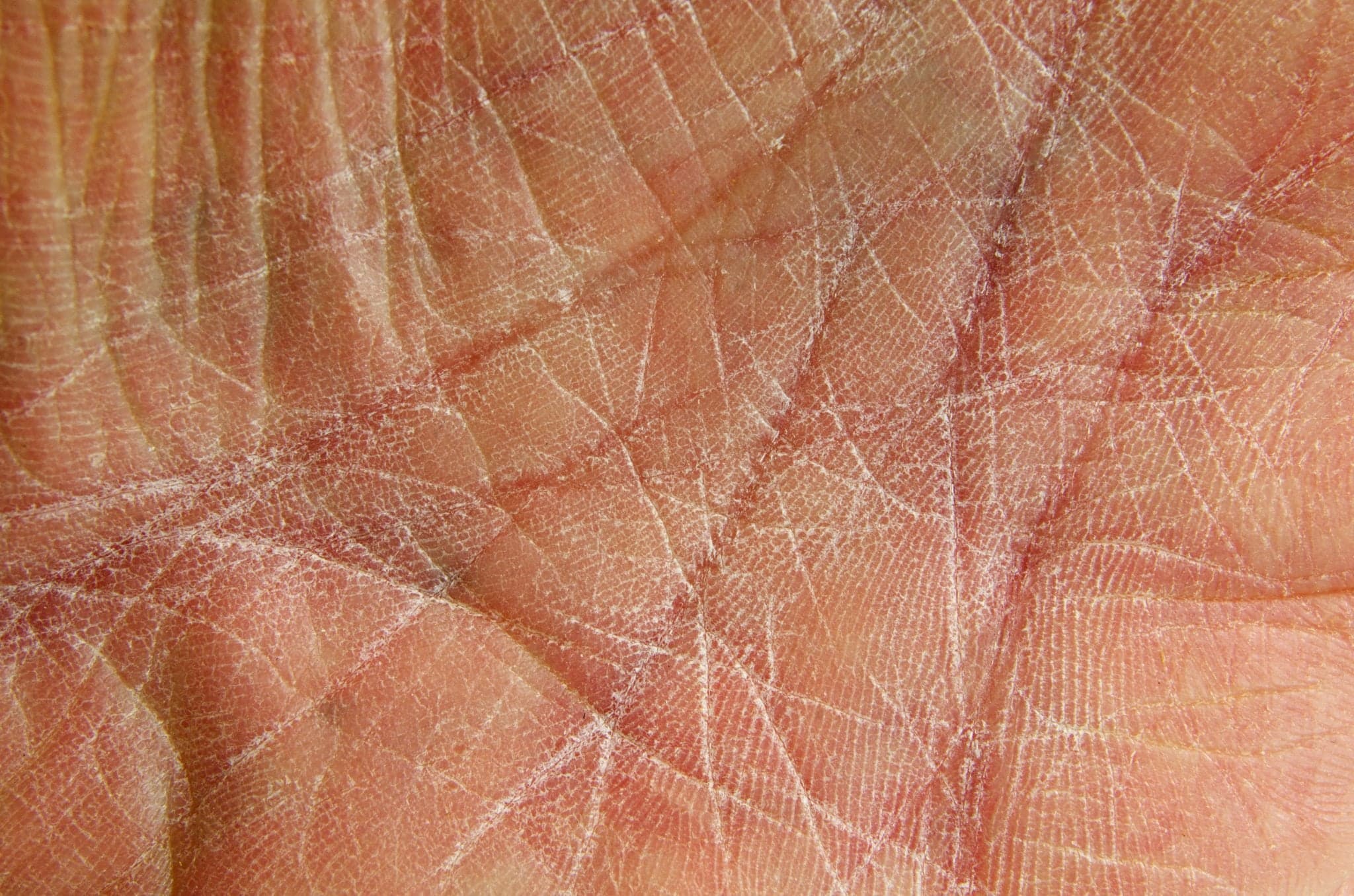
2018-10-03T09:37:12
What are the Risks of Uncontrolled Medical Conditions During Plastic Surgery?
- Plastic and Reconstructive Surgery
- Value-Based Care
August 8, 2017 | Plastic and Reconstructive Surgery

If you’re looking to treat skin conditions including light scarring, discoloration, sun damage and stretch marks, a treatment called microdermabrasion might be useful. Microdermabrasion is a minimally abrasive treatment designed to sand the skin, helping remove the uneven, outer layer.
Microdermabrasion can offer several benefits, but it also comes with a few very minor risks. Here’s everything you need to know.
Microdermabrasion offers the following benefits:
Microdermabrasion uses microparticles or a diamond-tipped wand to remove the top layer of skin (called the epidermis) and begin stimulating new cell growth. There are two kinds:
There is no downtime or recovery period following microdermabrasion. Your doctor may recommend a specific moisturizer or facial product to help enhance and prolong your result, but that’s the extent of it.
Depending on the severity of skin damage and the number of treatments you receive, your new look should be long-lasting. Some people have two microdermabrasion treatments per month to start, then move back to once per month as a maintenance plan.
You might experience brief discomfort from microdermabrasion, but this will only last a short period of time in most cases. It can include redness and swelling, and maybe dry or flaky skin for a few days. Also consider minor risks of bruising, and skin sensitivity to sun exposure following the procedure.
If you’re considering microdermabrasion, speak to your licensed aesthetician or plastic surgeon to determine if it might be right for you.
“Microdermabrasion.” American Society of Plastic Surgeons. https://www.plasticsurgery.org/cosmetic-procedures/microdermabrasion
“Microdermabrasion.” American Academy of Dermatology. https://www.aad.org/public/diseases/cosmetic-treatments/microdermabrasion
WRITTEN BY:
The Live Better Team

2018-10-03T09:37:12

2017-09-19T11:00:59

2017-09-11T10:40:36

2017-09-05T09:30:10
This information is not intended to replace the advice of a medical professional. You should always consult your doctor before making decisions about your health.